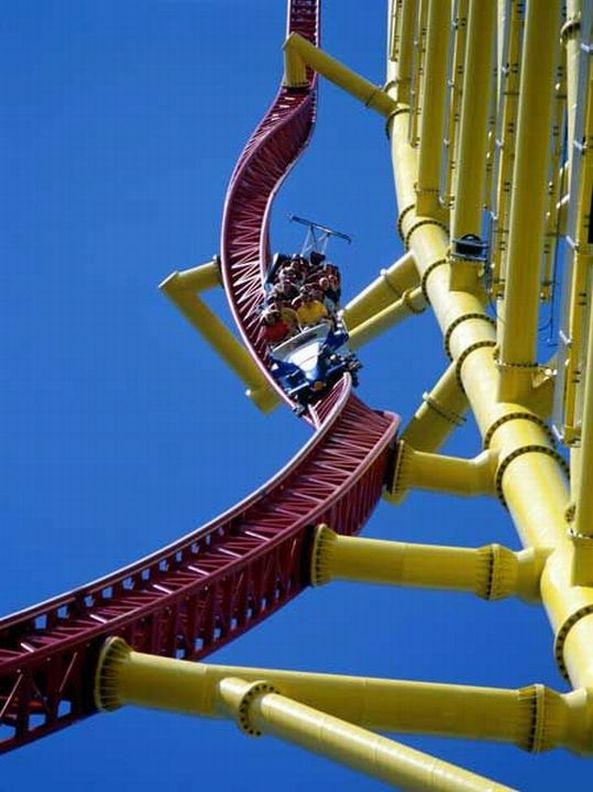|
|
Frightful Roller Coaster Attraction, New Ohio, United States
|
Ride accidents can also be caused by riders themselves or ride operators not following safety directions properly, and, in extremely rare cases, riders can be injured by mechanical failures. In recent years, controversy has arisen about the safety of increasingly extreme rides. There have been suggestions that these may be subjecting passengers to translational and rotational accelerations that may be capable of causing brain injuries. In 2003 the Brain Injury Association of America concluded in a report that "There is evidence that roller coaster rides pose a health risk to some people some of the time. Equally evident is that the overwhelming majority of riders will suffer no ill effects."
A similar report in 2005 linked roller coasters and other thrill rides with potentially triggering abnormal heart conditions that could lead to death. Autopsies have shown that recent deaths at various Disney parks, Anheuser-Busch parks, and Six Flags parks were due to previously undetected heart ailments.
Statistically, roller coasters are very safe compared to other activities. The U.S. Consumer Product Safety Commission estimates that 134 park guests required hospitalization in 2001 and that fatalities related to amusement rides average two per year. According to a study commissioned by Six Flags, 319 million people visited parks in 2001. The study concluded that a visitor has a one in one-and-a-half billion chance of being fatally injured, and that the injury rates for children's wagons, golf, and folding lawn chairs are higher than for amusement rides.
|
|









